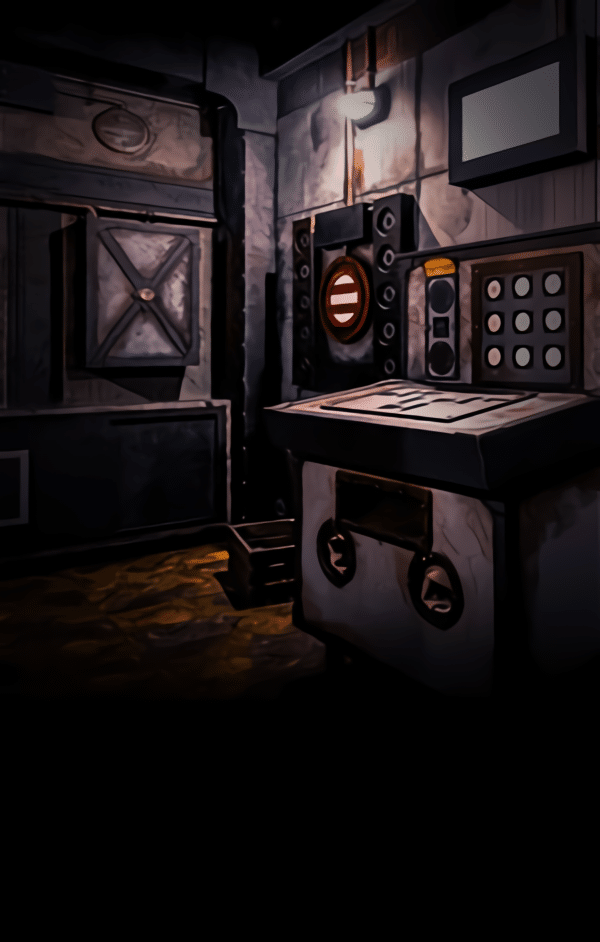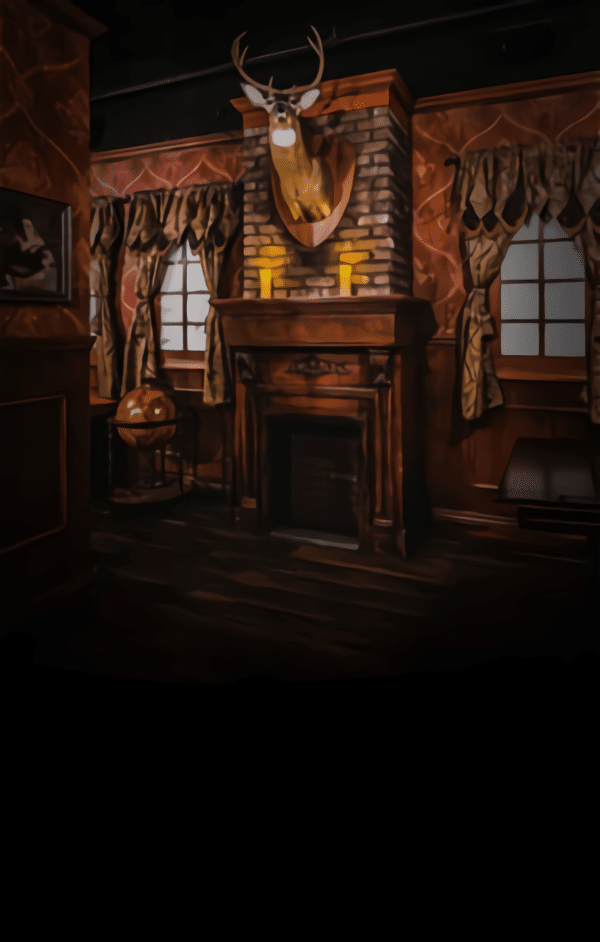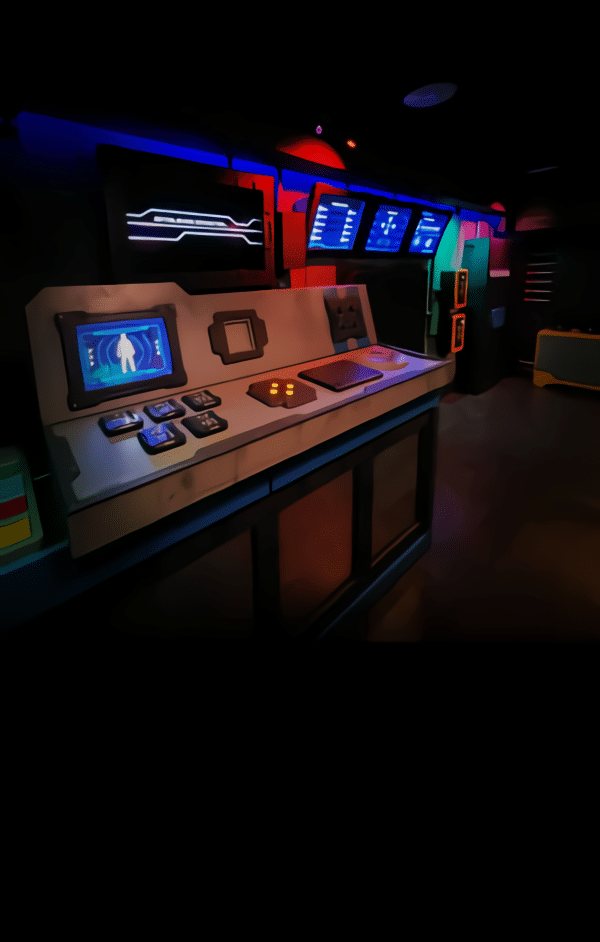When it comes to immersive entertainment, the escape room NYC mission escape game stands out for its intricate puzzles and interactive storytelling. One of its defining features is how deeply it relies on teamwork and communication for success. These challenges aren’t designed for solo victories—they’re built to test the coordination, creativity, and problem-solving of an entire group.
Understanding the Role of Teamwork in Escape Rooms
Teamwork is the backbone of any escape room adventure. At Mission Escape Games NYC, every puzzle and clue is crafted to involve multiple perspectives and actions. Whether it’s deciphering codes, piecing together hidden objects, or triggering mechanisms, the design encourages cooperation over individual play.
Players must learn to divide tasks efficiently—some may focus on spotting patterns, while others analyze written clues or test physical locks. This division of roles mirrors real-world teamwork, where communication prevents duplication and wasted time. Success hinges not on the smartest individual but on the team’s ability to share discoveries in real-time and act on them cohesively.
In essence, teamwork transforms the game from a random puzzle-solving session into a synchronized mission toward a common goal—escape.
Communication: The Hidden Key to Victory
Every escape room thrives on verbal and non-verbal communication. In Mission Escape Games NYC, the immersive design makes communication essential, especially as clues are spread throughout the environment.
Effective communication involves clearly voicing ideas, listening actively, and giving space for every player’s input. Silence or confusion can stall progress just as much as a wrong clue. Many teams learn quickly that constant updates—“I found a key,” “This lock uses numbers,” or “There’s writing under the desk”—can make or break the experience.
The setting amplifies this need: dim lighting, immersive sound effects, and time pressure challenge players to maintain composure and clarity. Teams that adapt by speaking concisely and supporting one another tend to advance faster and more efficiently.
How the “End of Days” Challenge Builds Team Bonds
Among Mission Escape Games NYC’s popular experiences, “End of Days A” and “End of Days B” stand out for their multi-layered puzzles. Each version offers the same apocalyptic theme but allows two groups to play simultaneously, creating a perfect setup for cooperative rivalry.
This design pushes communication beyond one team—it fosters coordination between separate groups if played in tandem. Both rooms demand shared logic, synchronized discoveries, and joint problem-solving in real time. The concept is brilliant for large groups who want to test their collaboration under creative pressure.
By the end of this challenge, players often remark that they’ve learned more about how they function as a team than in any typical team-building event.
The “Hydeout” Experience: Solving Through Shared Observation
In “Hydeout,” players dive into a detective-style mystery that demands close observation and logical deduction. Every clue adds to the narrative, and missing a single piece can stall the team’s progress.
Because clues are intentionally scattered and layered, players must rely on detailed communication. It’s not enough to find something; they have to explain what it might mean and how it connects to the broader mystery.
This experience strengthens analytical collaboration. It rewards players who listen, think aloud, and build upon one another’s ideas. It’s a great example of how teamwork and communication elevate gameplay into something far more engaging and mentally stimulating.
“Carbon: 3708” and Strategic Cooperation
“Carbon: 3708” shifts the atmosphere into a futuristic setting, combining technology and high-stakes decision-making. Here, success is built on strategic coordination.
Players face puzzles that often require simultaneous actions—one player may need to hold a lever while another enters a code. This mechanic forces real-time cooperation, turning each small victory into a team accomplishment.
Because of the room’s emphasis on logic and timing, effective communication is crucial. Miscommunication doesn’t just slow progress—it can completely derail an objective. The futuristic theme underscores how vital teamwork and trust are when under time constraints.
Benefits of Team-Based Escape Room Experiences
Escape rooms like those at Mission Escape Games NYC are more than entertainment—they double as dynamic exercises in human interaction. Some benefits include:
| Team Skill | How It’s Strengthened |
|---|---|
| Communication | Players must share findings and make collective decisions. |
| Collaboration | Tasks are distributed naturally according to strengths. |
| Problem-Solving | Complex puzzles promote joint analysis and adaptability. |
| Leadership | Situations often reveal natural leaders within a group. |
| Trust-Building | Success depends on believing in each other’s abilities. |
These skills make escape rooms ideal for corporate groups, families, and friends looking to challenge themselves in a creative, engaging way.
Why Teamwork-Driven Games Are So Rewarding
There’s an undeniable satisfaction that comes from cracking a difficult puzzle together. The shared adrenaline, laughter, and small frustrations create a sense of connection that lasts beyond the room.
At Mission Escape Games NYC, the balance of difficulty and design ensures that victory feels earned—never handed out. Each solved riddle is a product of combined effort, not luck. This collective sense of achievement often draws teams back for new challenges, seeking that same blend of tension and triumph.
Tips to Improve Team Coordination Before the Game
Preparing for a team-based escape room can enhance your experience significantly. A few pre-game strategies include:
-
Set clear roles early. Decide who takes the lead in organizing clues or tracking progress.
-
Listen actively. Avoid talking over one another; every idea could matter.
-
Encourage open-mindedness. Some clues are unconventional—stay adaptable.
-
Avoid tunnel vision. Rotate players between puzzles to keep fresh perspectives.
-
Celebrate small wins. It keeps morale high as the clock ticks down.
By following these simple habits, teams can turn a 60-minute game into a masterclass in coordination.
Conclusion
The escape room NYC mission escape game is designed to make teamwork and communication more than just helpful—they’re essential to winning. Every puzzle, from “End of Days” to “Carbon: 3708,” reinforces the power of unity under pressure.
When individuals come together, share insights, and respect each other’s thought processes, they don’t just escape a room—they build stronger bonds and memories that last far beyond the final lock.
Frequently Asked Questions
1. Are there escape room NYC mission escape game challenges that require teamwork and communication?
Yes, almost all the rooms at Mission Escape Games NYC emphasize teamwork and communication as key components to solving puzzles and escaping within the time limit.
2. Which escape room is best for large groups?
“End of Days A” and “End of Days B” are ideal for large groups, offering a dual-room experience where two teams can play side by side or in competition.
3. Can beginners handle teamwork-based rooms?
Absolutely. The rooms are designed to be accessible, with staff available to provide hints when necessary. Good communication often compensates for inexperience.
4. How long do the escape room challenges typically last?
Most games run for 60 minutes, with a brief introduction and debriefing before and after the session.
5. Is communication more important than problem-solving?
Both matter, but communication often determines success. Even the best problem-solvers can struggle without clear coordination and information sharing.







